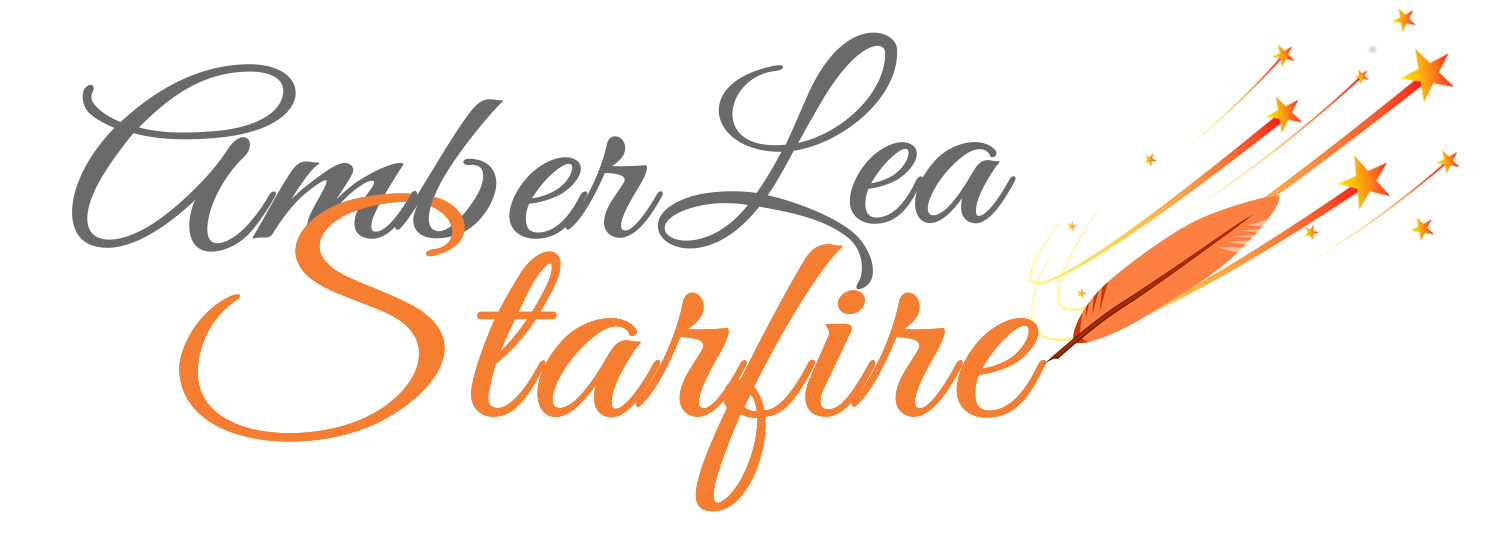AS AN ARTIST OR WRITER, what does it mean to “get stuck,” and perhaps more important, how do I get “unstuck”?
 The words getting stuck bring several pictures to my mind. In one, my foot is caught in something, perhaps under a fence or a rock, and I can’t pull it loose. In another, I have fallen into a deep hole with steep sides and no ladder. In a third, I have to make a decision between two options, neither one attractive. Whether you share those metaphors with me or have your own, the meaning is clear to all: we feel unable to move, unable to go forward, immobilized by indecision, fear, or circumstance, and it doesn’t feel good. We want to do something, anything to get out of our situation, out of that feeling. Sometimes, if we don’t see a solution to our problem right away, we are tempted to lose hope and give in to the state of stuck-ness.
The words getting stuck bring several pictures to my mind. In one, my foot is caught in something, perhaps under a fence or a rock, and I can’t pull it loose. In another, I have fallen into a deep hole with steep sides and no ladder. In a third, I have to make a decision between two options, neither one attractive. Whether you share those metaphors with me or have your own, the meaning is clear to all: we feel unable to move, unable to go forward, immobilized by indecision, fear, or circumstance, and it doesn’t feel good. We want to do something, anything to get out of our situation, out of that feeling. Sometimes, if we don’t see a solution to our problem right away, we are tempted to lose hope and give in to the state of stuck-ness.
I am reminded of the parable of the two mice who fall into a bowl of cream. They don’t know how to swim and the sides of the bowl are steep. There is no way out. After a while, one of the mice gives up and drowns, but the other keeps paddling and paddling in his efforts to stay afloat, until, suddenly, he realizes that the cream is thickening as a result of all his thrashing. He keeps thrashing and as it turns to butter, he is able to climb out. Sometimes becoming unstuck is simply a matter of thrashing around until a way out materializes. Doing anything is better than giving up.
As a writer, when I feel stuck, I paddle around, staying afloat with whatever resources are at hand. When I don’t know what to write about, I get a writing prompt (such as, “What does it mean to ‘get stuck’?”) and write about it. I may write over and over again, “I have no idea what getting stuck means,” until I have a picture, a metaphor, an example, or an emotion. Suddenly, I have something to write about. If I feel stuck writing about something in particular—perhaps my description is bland or my emotional expression flat—I’ll use an exercise to write about something else entirely in order to access the creative part of my brain. Or perhaps I’ll go finger paint for a while. Nine times out of ten, when I come back to my original piece, I am able to describe the scene with more emotion and sensual detail.
If I feel stuck in another way, particularly when I don’t know how to accomplish something, I get help. I often get that help through books. Or I go online and do some research. Then I take action based on what I’ve learned. Taking action always makes me feel better, and though I might be paddling around and not really getting anywhere, eventually something will solidify and I’ll be on my merry way.
So now, in the way of sharing our tricks with one another, I offer this little writing prompt: What do the words getting stuck mean to you? And how do you get unstuck? Leave your comments below—one mouse (or squirrel) to another.







Getting stuck is a mixture of nausea and despair. The first thing I do is suffer. After that: take a break and write something else; skip ahead to a paragraph or scene I can write; freewrite to try to get something/anything on paper; start revising and see whether getting the words already on paper just right will spark the next idea.
Suffer! I forgot to mention that step … a prerequisite for getting anything done. Great ideas: when working on a larger piece, skip ahead or back to another part. Do some research and write about that. Revise. Thanks for your comment. These are all good ideas to get the creative juices flowing.
Pingback: Journal Writing | Blogtalk: Writing About Photographs and Obstacles
Pingback: Journaling Basics: What To Do When You're Feeling Stuck — Memoir Writing Blog